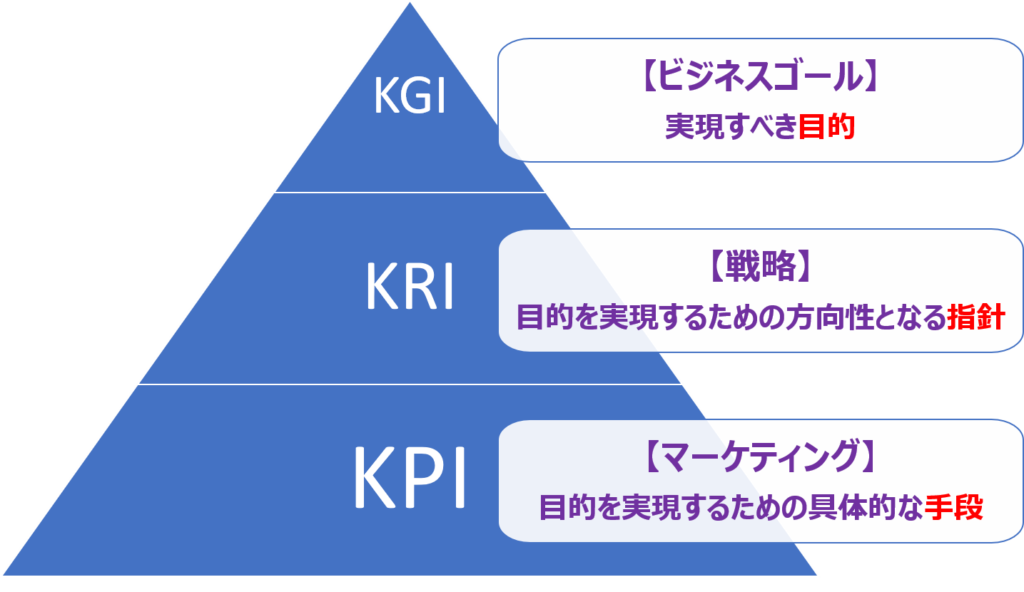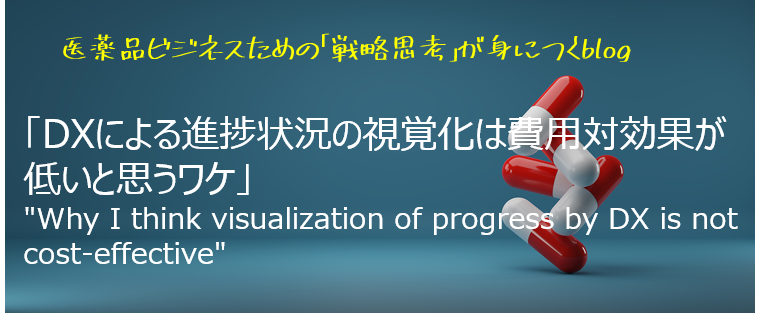
目標の立てっぱなし、活動のやりっぱなしは良くありません、検証が必要です。
しかし手段である活動だけを追跡し評価することには落とし穴があります。
それは手段が目的化してしまう危険性が往々にしてあるからです。
活動計画を定量化したKPIが目標通りに実行されないのは実行者に課題があるだけではありません。
KPIそのものが不適切な場合があります。
KPIの妥当性を確保するには、目標通りに実行されている群を対象にKRI(KSF)が達成され、KGIに結びついているのか検証する必然があります。
KPIばかりを追求していては営業担当者に必要以上の負荷を強いることになります。
KRIが不適切であれば本社部門が責任を負うべきです。
またKGIが不適切であれば経営陣に責任があるでしょう。
目的としてのKGI、目的を実現する指針としてのKRI、目的を実現するための具体的な手段であるKPIは、より上位概念がより大きな責任を負います。
マトリクス分析法は戦略としてのKRIを定量化および可視化することでトラキングを容易にし、KPIとKGIの連続性を補完することが出来ます。
“Why I think visualization of progress by DX is not cost-effective”
Setting goals and carrying out activities without evaluation can be detrimental, so verification is necessary.
However, there are pitfalls in tracking and evaluating only activities.
This is because the means themselves may become the ends.
If KPIs that quantify the action plan aren’t performing as intended, it’s not just the implementer in trouble.
Sometimes the KPIs themselves are inadequate.
To ensure the validity of KPIs, it is necessary to verify whether KRIs (KSFs) are being achieved and are associated with KGI, targeting the groups that are being executed according to the goals.
Focusing solely on KPIs can unnecessarily burden sales reps.
If KRI is inappropriate, the head office department should be held responsible. Also, if the KGI is inadequate, the management team should be held accountable.
High-level concepts responsible for achieving objectives, such as KGI as objectives, KRI as guidelines for achieving objectives, and KPI as specific means to achieve them, will assume greater responsibility.
Matrix analysis facilitates tracking by quantifying and visualizing her KRIs as a strategic tool, complementing the continuity between KPIs and KGIs.

